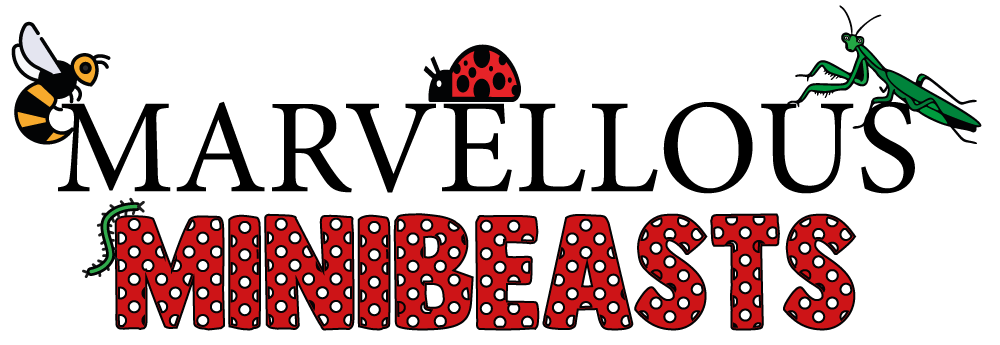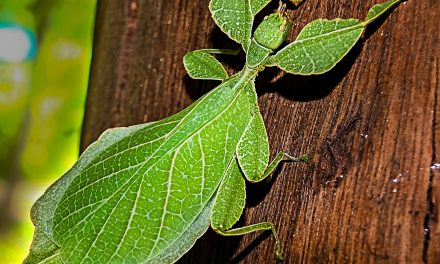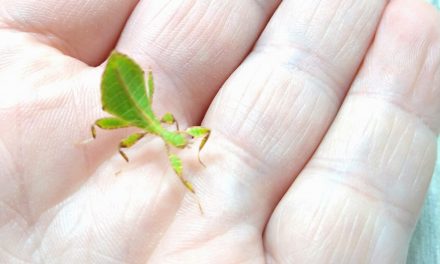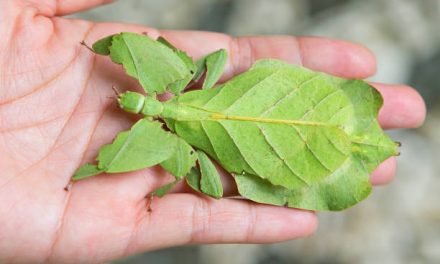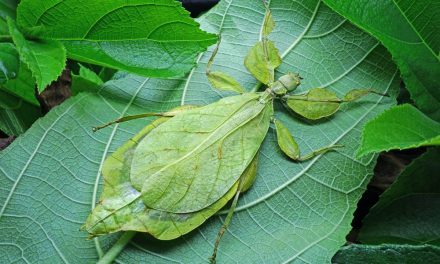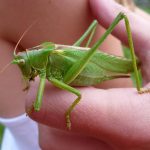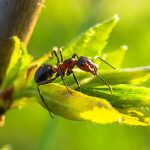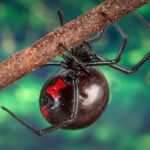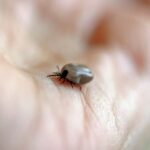Whether you own your very own stick insect, or you are thinking about getting one, you probably have lots of questions about this type of insect, especially concerning whether or not they can bite or sting you. Leaf insects are tame little insects that like a quiet life, which is one of the main reasons that they look like leaves, so they can blend into their natural surroundings with ease.
If you are worried that you might be purchasing an insect that can bite or sting you, we are going to address your concerns in this article. There are so many interesting things to learn about leaf insects and their behaviours, and we aim to give you as much information about this as possible. A fear of stings and bites is more common than you would probably think, and there are many people that share these concerns, so we will get to the bottom of it here.
Do Leaf Insects Bite or Sting?
Interestingly, your leaf insect will not sting or bite you, and it does not have the ability to do so. These insects are not at all harmful to humans, and they are not poisonous either. This makes them great for families who are curious about them, and it also means that your children can handle them carefully without any worries. Something that you might want to be aware of is that female spiny leaf insects actually have spines on their undersides and legs, but you will only be able to feel them if you are handling them roughly, which you should not do.
Can a Katydid Bite or Sting?
Katydids are a family of insects that are related to grasshoppers and crickets, but they are often confused for different types of leaf insects due to their appearance. They have green bodies that resemble leaves, and there are more than 6000 different types of them. Their bodies have markings on them that help them to blend in with their surroundings, and they are generally harmless.
However, this does not mean that they are unable to bite you if they really wanted to. Katydids are gentle and tame for the majority of the time, which is why they are often kept as pets, like leaf insects. Though, it is not completely unheard of for them to pinch or bite if they are feeling threatened, even though it is unlikely. If they think that they are in danger, they might bite or pinch at you as a method of defence.
It is unlikely that their bite will actually break the skin, but it can happen in certain circumstances. The bite of a Katydid is similar to that of a mosquito bite in terms of the pain, and it will not last long at all. If you are not handling them with your bare hands, then it is unlikely that you will get bitten, but you should be aware that it can happen.
If you have been bitten by a Katydid, it is very unlikely that you will need to seek any sort of medical attention, but you should wash the area with soapy water. If there is any swelling or additional pain, then you can also opt to use a cold compress, which should help.
Are Leaf Insects Dangerous?
No, leaf insects are not at all dangerous to humans, and they cannot harm you. They are completely safe for you to handle and they pose no threat to you or your health.
How to Handle a Leaf Insect
When it comes to handling a leaf insect, the first thing that you should know is that you will need to be really careful. Leaf insects are very fragile in comparison to us humans, and you will need to be as gentle as possible when you handle them. If you are trying to get a leaf insect to go onto your hand, do not try to pick them up with your fingers. Instead, you should place your hand out flat next to them, and try to gently coax them onto your hand.
If you try to be rough with them, you could seriously harm them, and it is easy for them to shed a leg when being rough handled, so you really do need to be as careful as you possibly can. Something that you should keep in mind when you are handling leaf insects is that you will need to have patience. Getting them onto your hand is one thing, but if they get too comfortable, they might not want to leave. Make sure that you take your time, and gently coax them back into their housing.
It is probably best not to handle your leaf insect if you are in a rush, as they often like to take their time when moving around. It is also probably wise that you avoid young children handling them unless they are being strictly supervised. If your child is really scared of the insect, do not force them to handle it as this is when accidents can happen.
It is recommended that you do not handle your leaf insects too often, as you don’t want to cause them any unnecessary stress. It is not something that they will be used to, and picking them up constantly might not be the best idea.
What Do Leaf Insects Eat?
Now that you know that your leaf insect cannot bite you, you might be wondering what they eat. Interestingly, almost all species of leaf insects will eat sprigs of bramble leaves, and you can find these in lots of different places. Some other things that lots of leaf insects can eat are oak and evergreen oak, but whatever you are using as a food source, you will need to make sure that it has not been sprayed with any pesticides. These can be really harmful to your leaf insects and should be avoided at all costs.
You should always wash the leaves before you use them, and keep them in a small jar of water to keep them as fresh as possible once picked. Make sure that this water is covered so that your insects don’t fall into the water. These insects are prone to drownng, so you will need to be really careful.
Another thing that you should know about feeding leaf insects is that young insects might be more reluctant to feed, and this is actually quite common. You should cut the edges of the leaves of the brambles using scissors to make it easier for the insects to access.
